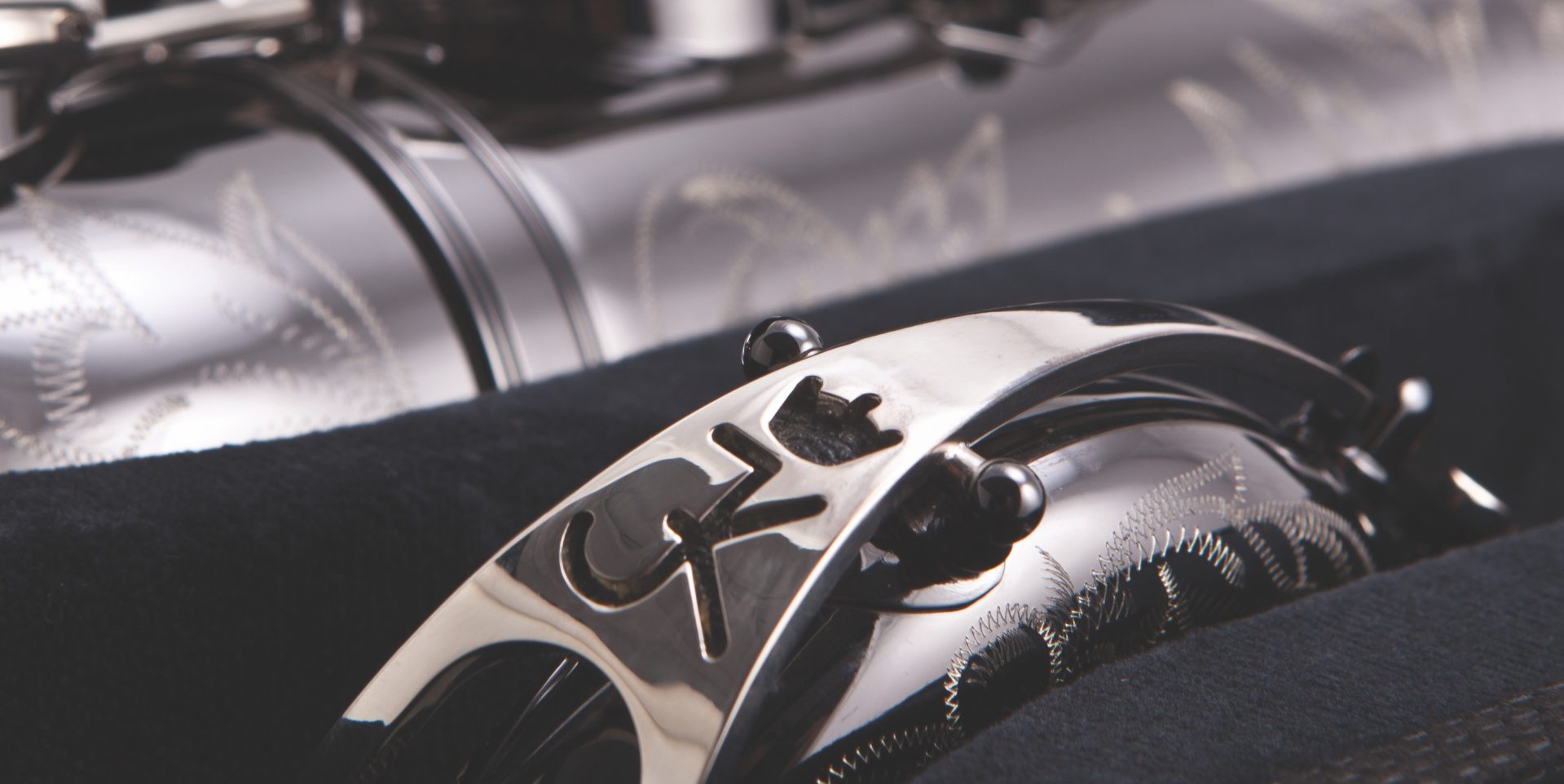

Michael had searched all over the Internet, but couldn’t find any references to an instrument like this. Note too that the engraving is consistent with what we see on JK horns of the roughly the same era. Notice the sax, like almost all Germanic horns of the era, has rolled tone holes. When his grandfather got too old to play, he sold all his saxophones, but for some reason kept this King Imperial. Michael inherited this horn from his grandfather, who was a professional musician. When the owner first contacted me a couple of weeks ago about this tenor, he didn’t know what he had. Source: Michael Halvarsson This King Imperial’s backstory


As a matter of fact, the word rare is thrown around so much, that I tend not to use it at all, unless said horn is truly rare-such as today’s interesting example of a Julius Keilwerth horn: a King Imperial tenor circa 1937. When talking about vintage saxophones, it is not uncommon to hear the word “rare” thrown around to describe very common instruments like Mark VIs, Committee IIIs, C melodies with no special qualities, etc.


 0 kommentar(er)
0 kommentar(er)
